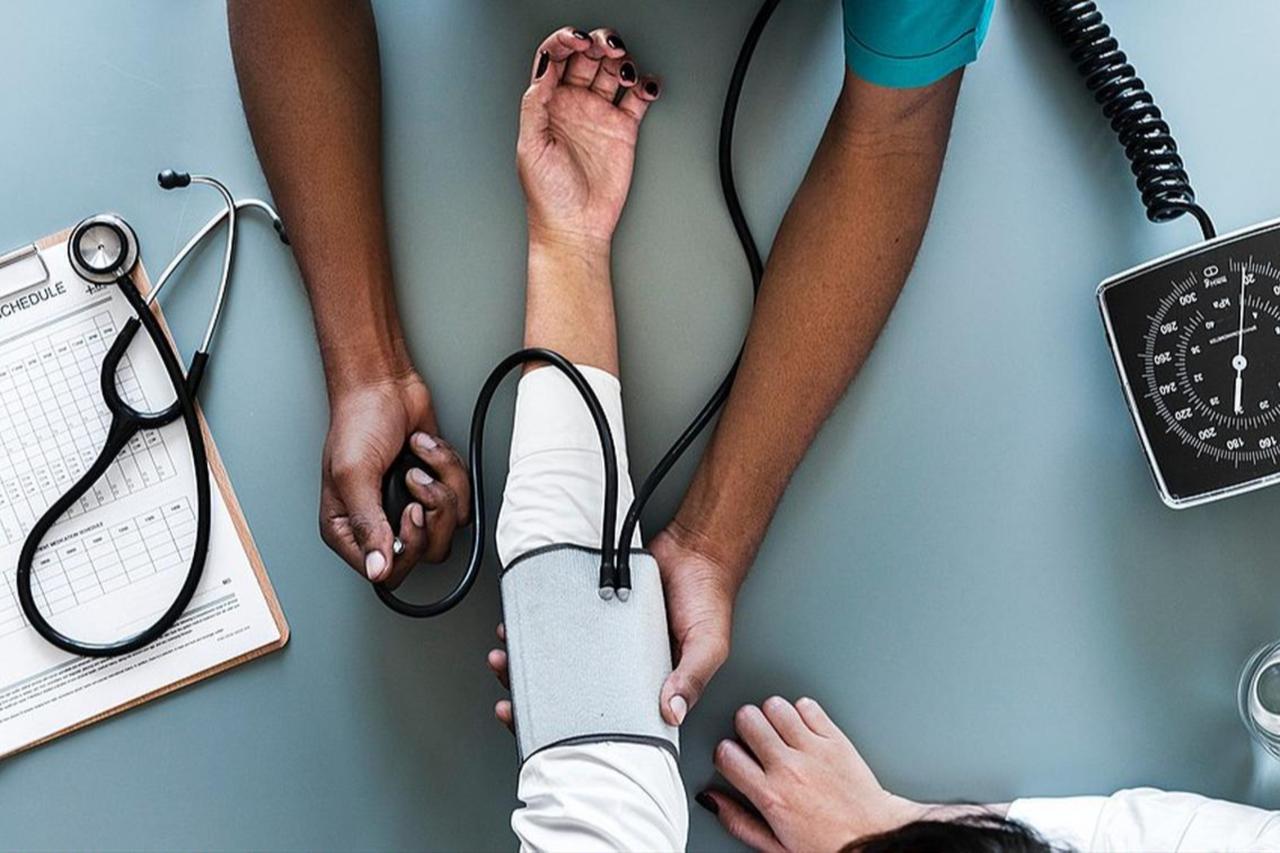
High blood pressure, or hypertension, silently strains the arteries and vital organs, increasing the risk of heart attacks, strokes, kidney failure, and dementia. Around 1.4 billion adults worldwide live with high blood pressure, and over 600 million remain untreated, either because they don’t realize they need care or because they avoid it.
Measuring blood pressure is simple and accessible. In the U.K., most GP offices and pharmacies have monitors, and home devices are available for under £20. Proper measurement requires sitting quietly for five minutes, keeping the cuff at heart level, and averaging multiple readings for accuracy.
Blood pressure is expressed as two numbers: systolic pressure, which occurs as the heart contracts, and diastolic pressure, which is recorded while the heart relaxes. Normal readings are generally between 90/60 and 120/80 mmHg, with slightly elevated levels starting at 121/81.
High blood pressure begins at 135/85 at home or 140/90 in a clinic, while readings above 180/120 indicate a hypertensive crisis that requires immediate medical attention.
Regular monitoring is crucial because blood pressure fluctuates throughout the day due to stress, caffeine, exercise, and other factors. Wearable devices and ambulatory monitors provide a fuller picture of these variations, offering insights that a single measurement cannot.
Lifestyle measures remain essential in controlling blood pressure. Avoiding smoking and limiting alcohol, maintaining a healthy weight, engaging in regular physical activity, and reducing salt intake can all make a measurable difference.
Stress management through meditation, yoga, or breathwork also plays a critical role, as prolonged sympathetic nervous system activation—essentially the body’s fight-or-flight response—can keep blood pressure elevated even during rest.
Emerging research highlights the benefits of isometric exercises, such as wall squats, which can lower systolic and diastolic blood pressure more effectively than traditional aerobic or resistance workouts.
Studies in pre-hypertensive adults have recorded reductions of approximately 12 mmHg systolic and 6 mmHg diastolic, offering a simple yet powerful tool for prevention.
While medication remains vital for many patients, particularly in long-term organ protection, combining it with lifestyle adjustments and consistent monitoring provides the strongest defense against complications.
Knowing your numbers, understanding the risks, and acting early are essential steps for long-term cardiovascular health.